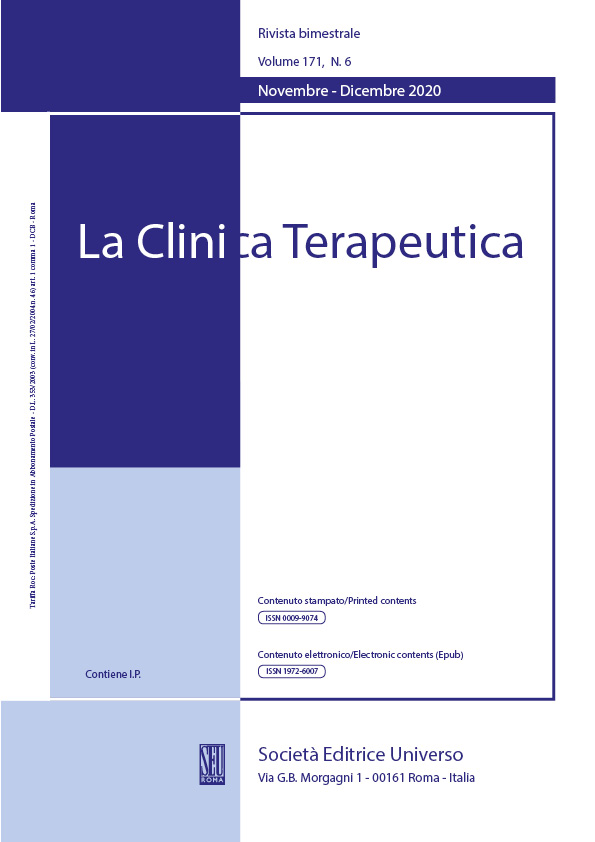Abstract
Purpose
Retinal Vein Occlusion (RVO) is a thrombotic process affecting retinal veins. The purpose of this research is to study demographic characteristics and prevalence of cardiovascular comorbidities among subjects affected by RVO. In addition, authors explore the role of each variable in determining occlusion type and severity.
Subjects, materials and methods
This was a prospective observational study recruiting subjects affected by RVO and secondary macular edema. Exclusion criteria included pre-existing macular edema, recent ocular surgery (<6 months), pregnancy, diagnosis other than RVO, diabetes mellitus type I, any systemic pathology that significantly reduced life expectancy. Each participant was studied through a comprehensive medical history, cardiovascular assessment, blood testing, ocular exam, and macular OCT imaging.
Results
A total of 145 eyes, 145 participants, thereof 80 males (55%) and 65 females. (45%) Mean age: 62.5 ± 14.3 SD. 61 eyes (42%) were affected by CRVO and 84 eyes (58%) by BRVO. No statistically significant differences were noted between genders. Hypertension was very prevalent (63%). Dyslipidemia was more associated with BRVO (p = 0.044). Subjects with hypertension had a mean central macular thickness (CMT) of 643 µm against a mean of 489 µm of those without hypertension. (p < 0.05). No other variable was associated with macular edema severity.
Conclusions
Older age and hypertension are strong risk factors for RVO. Dyslipidemia was strongly associated with BRVO. (p=0.044) Hypertension was not only associated with RVO incidence, but also with its severity. In fact, hypertensive subjects had significantly worse macular edema
